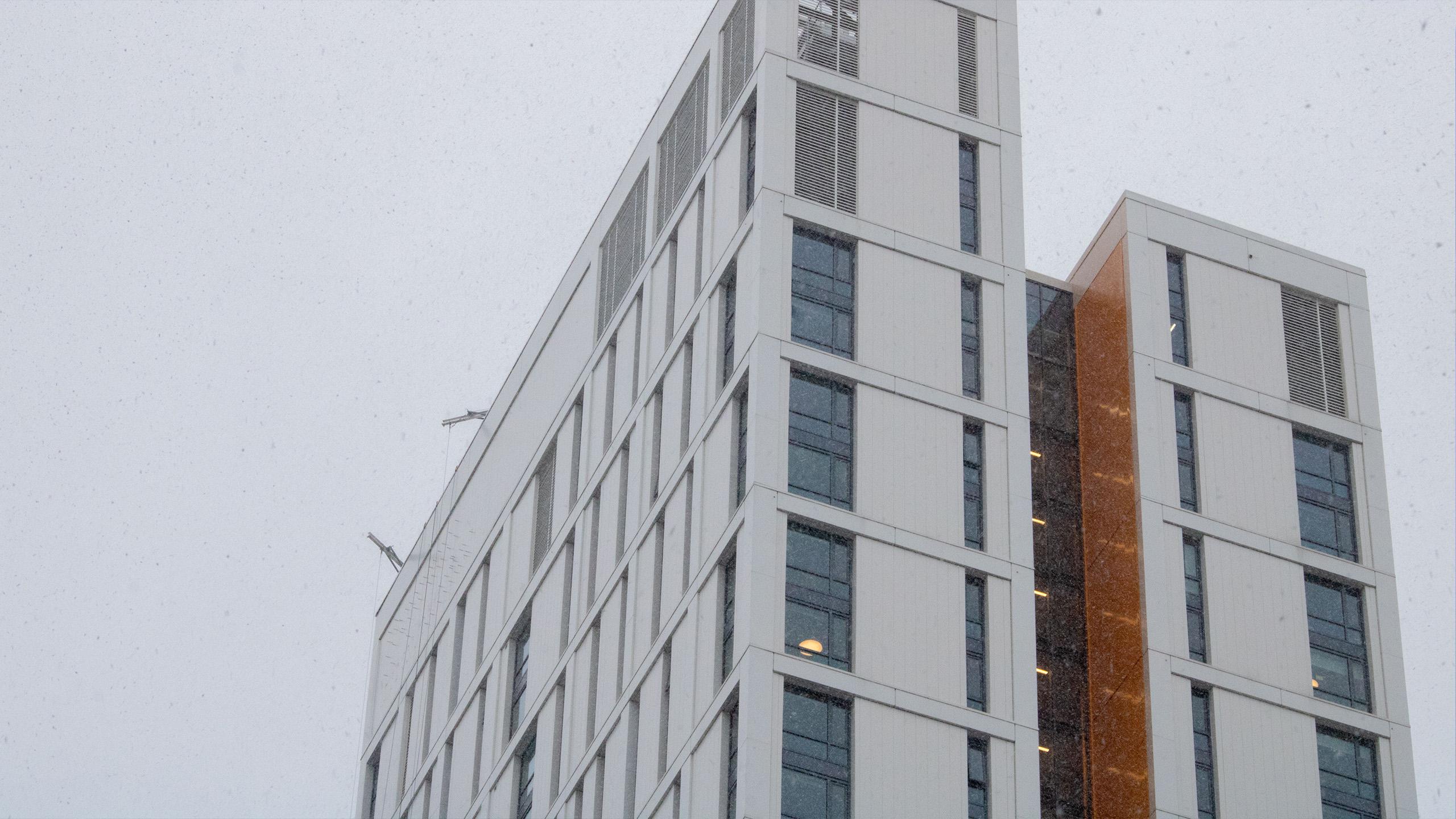By Thea Gribilas
The provincial government announced that it had officially introduced legislation to change the university’s name to Toronto Metropolitan University (TMU) on Oct. 27.
The legislation, if passed, will allow the school to have its new name appear on legal documents like degrees. But why is the new legislation necessary?
Universities in Ontario are governed under private statutes that prevent politics from interfering with their management. This allows them to maintain their independence and status as self-governing entities.
In other words, although universities are funded in part by the provincial government, there are laws at play that ensure they are not a function of that government.
However, degree-granting powers can only be provided by the government. This means a provincial act must be passed in the university’s name.
This act typically includes various components like the university’s governance structure, the power of each governance position and committee and the requirements for elections of the Board of Governors and Senate positions at the university.
The legislation that has been proposed by the provincial government, known as the Strengthening Post-secondary Institutions and Students Act, 2022, will increase the size of the university’s senate and change the name of the university to Toronto Metropolitan University.
In general, in order to have legislation approved by the provincial government, a proposed bill will go through various steps to be passed.
First, the bill goes through a first and second read in the Legislative Assembly of Ontario.
It will then go to a committee stage, where witnesses can be called to examine the bill and amendments can be made. During the committee stage, the bill is read clause-by-clause and any amendments to the bill are voted on by the members of provincial parliament.
The bill will then go for its third reading in the Legislative Assembly of Ontario. At this stage, members decide whether the proposed bill and any amendments during the committee stage should be passed.
If the bill passes, it is then granted royal assent and subsequently is put into force.
In order for Ryerson University to officially be changed to TMU, all the aforementioned steps must successfully be completed.
This is not the first time TMU has changed its name, either.
TMU was initially established in 1948 as the Ryerson Institute of Technology, named after Egerton Ryerson, an architect of the residential school system. The university thereafter changed its name four times, landing on Ryerson University in 2002.
In each instance, the university sought provincial amendments in order to legally change its name.
In the same year, the school changed its name to Ryerson, it also was granted the power by the provincial government to confer bachelor of applied arts and bachelor of technology degrees.
This time around, although the legislation has already been introduced into the Legislative Assembly of Ontario, it remains unclear when TMU community members can expect the steps for implementation to be satisfied.











Leave a Reply